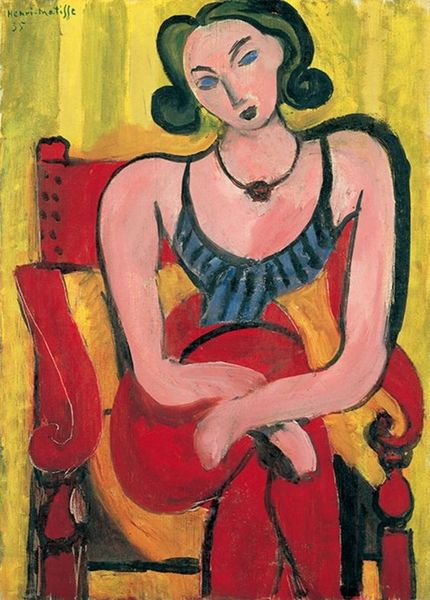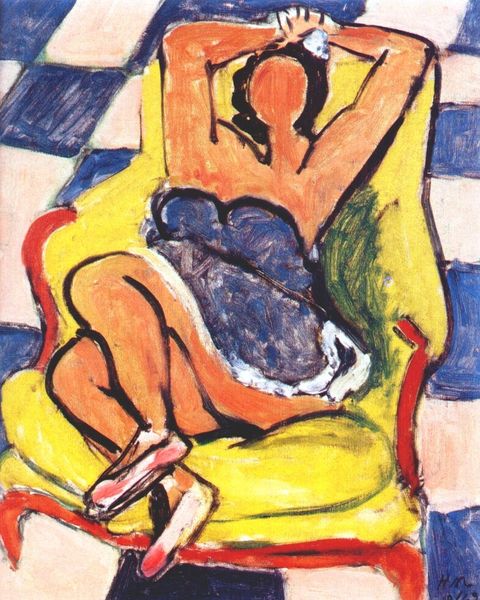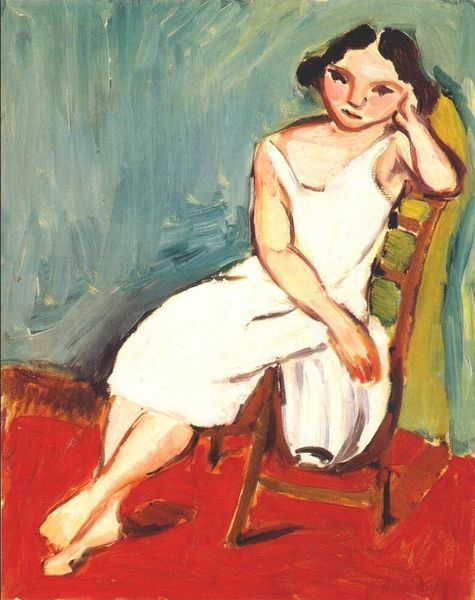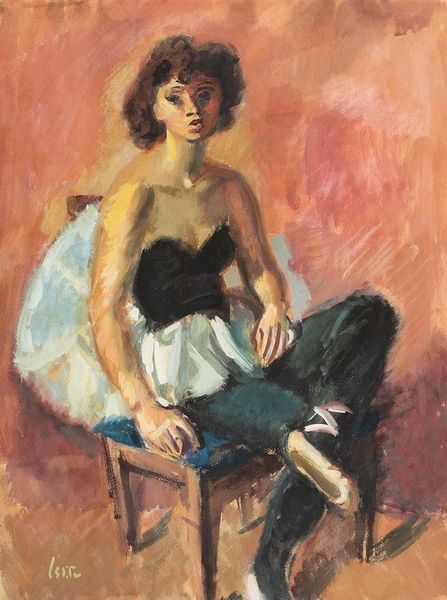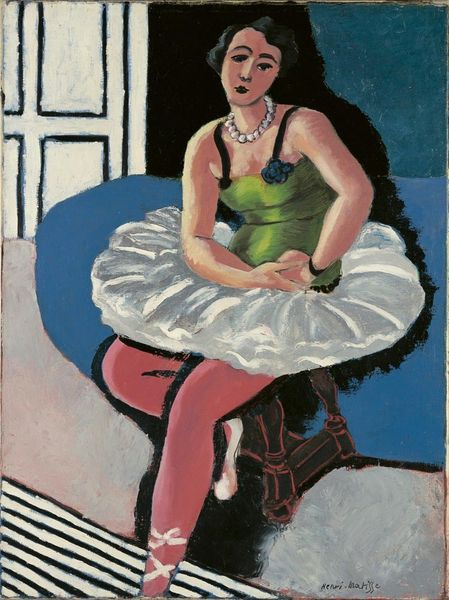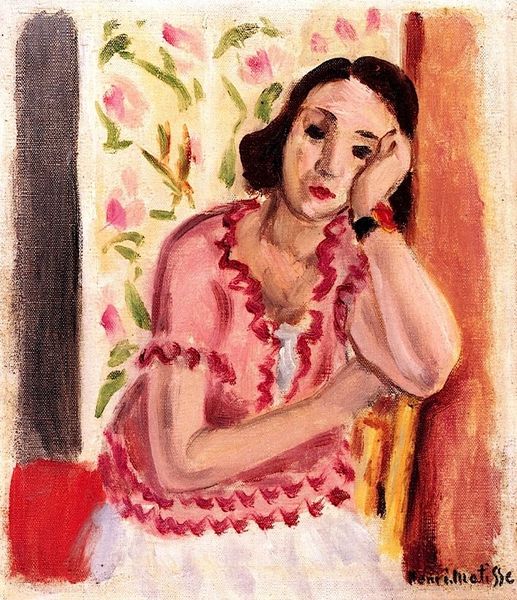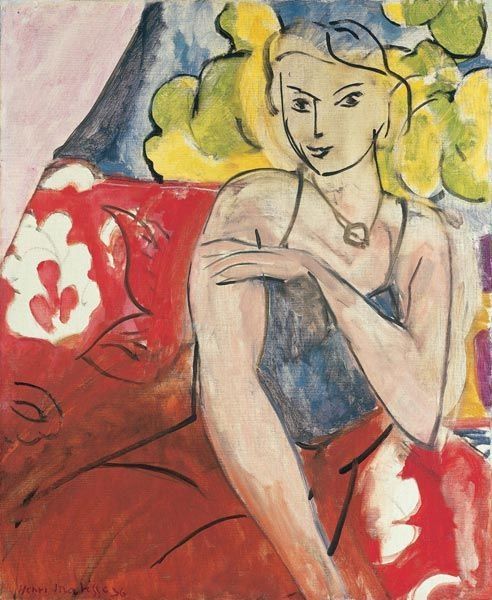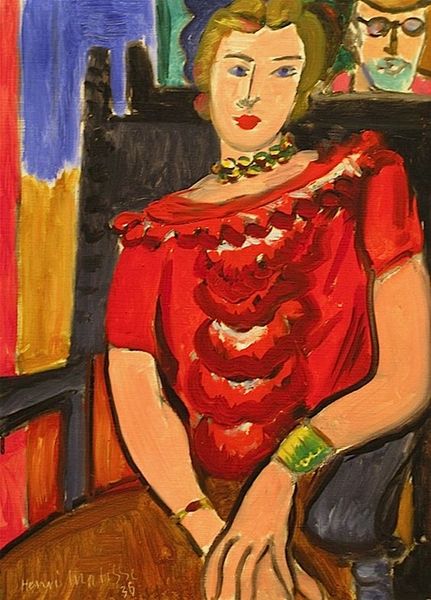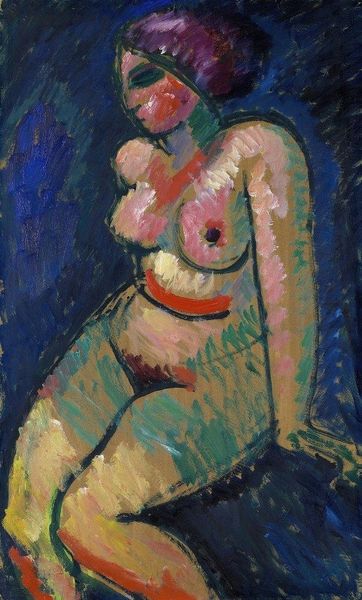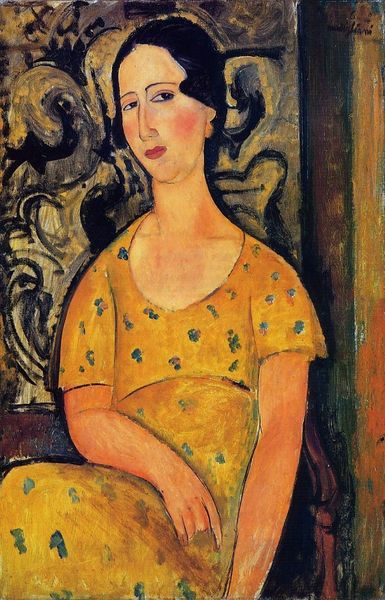
Copyright: Henri Matisse,Fair Use
Henri Matisse painted this canvas, Dancer in Blue Tutu, sometime in the early 20th century, a period of significant social and artistic change. Matisse, who positioned himself outside the established art institutions, often turned to the female figure as a source of inspiration, yet his work can reflect the traditional male gaze. Here we see a dancer caught in a moment of repose, her body rendered with a candidness that invites both admiration and scrutiny. The blue tutu, a symbol of her profession, sits in contrast to her exposed skin, which complicates traditional representations of women. Note how Matisse has arranged the figure within the composition, drawing our eye to her form. Matisse said, "I do not literally paint that table, but the emotion it produces upon me." Consider what emotions this painting evokes in you, and how it challenges or reaffirms your understanding of beauty, femininity, and art itself.
Comments
No comments
Be the first to comment and join the conversation on the ultimate creative platform.
